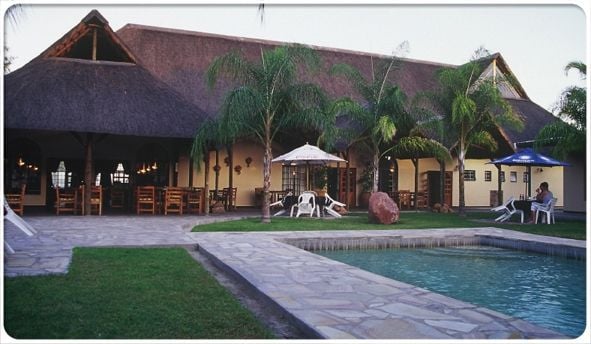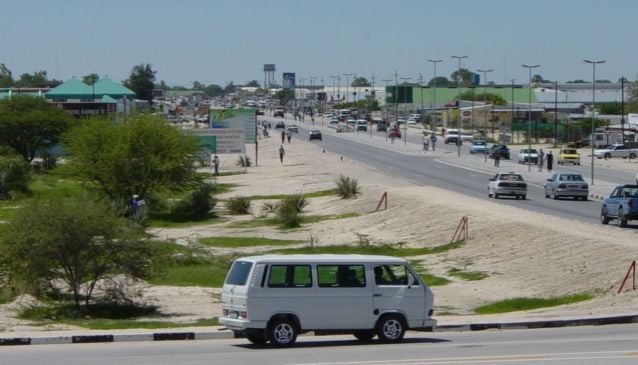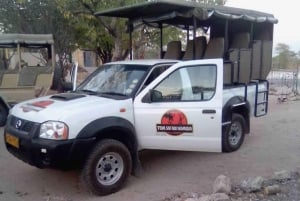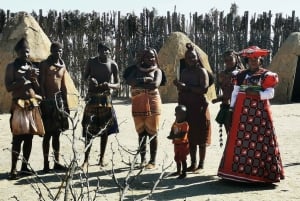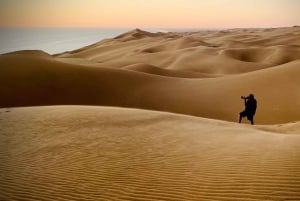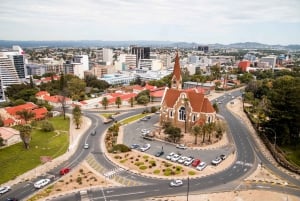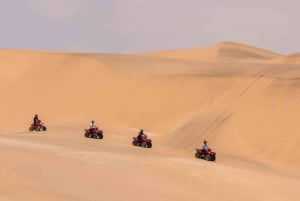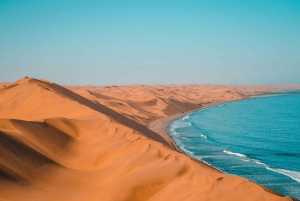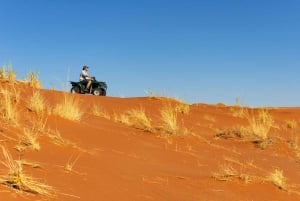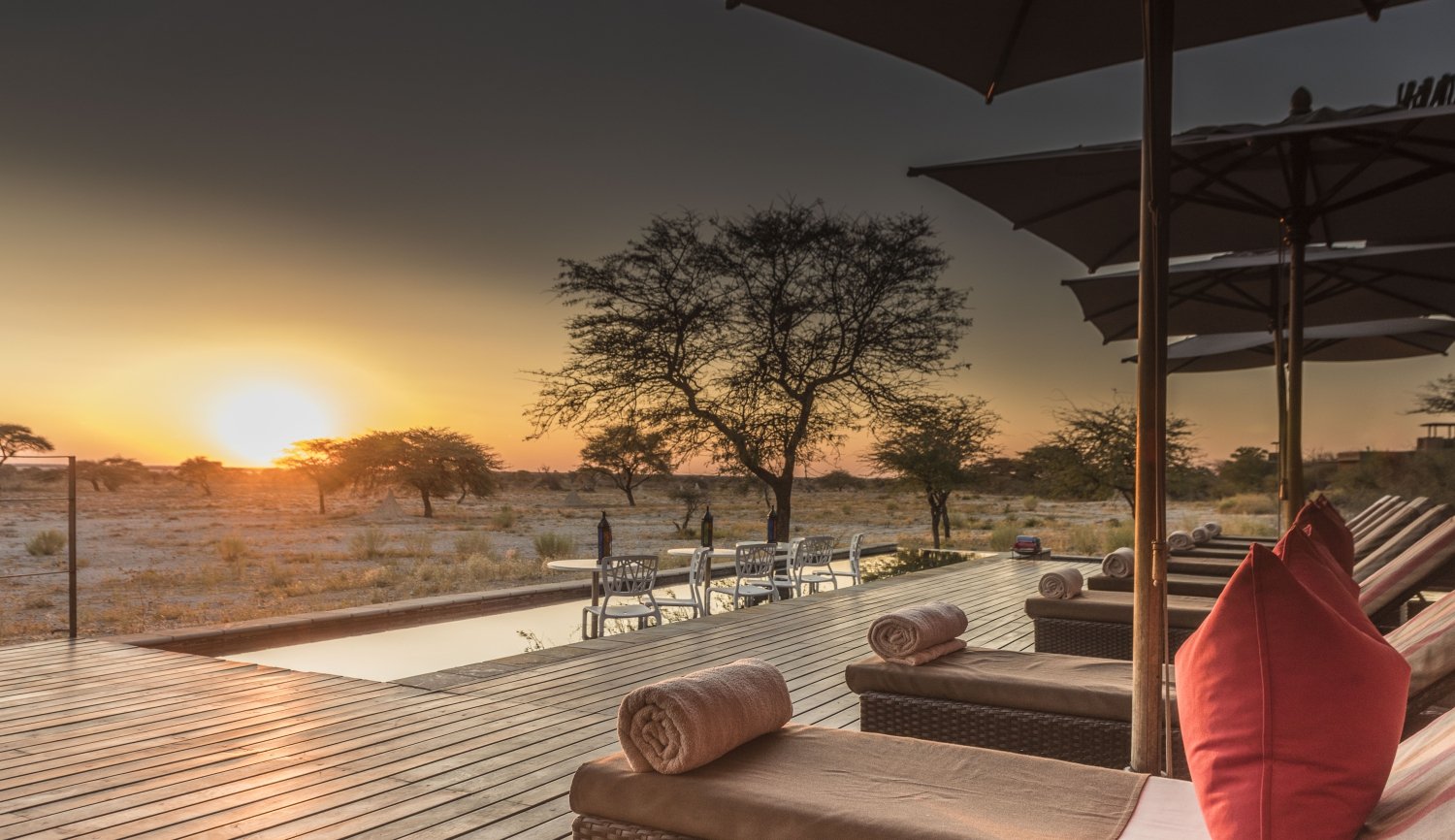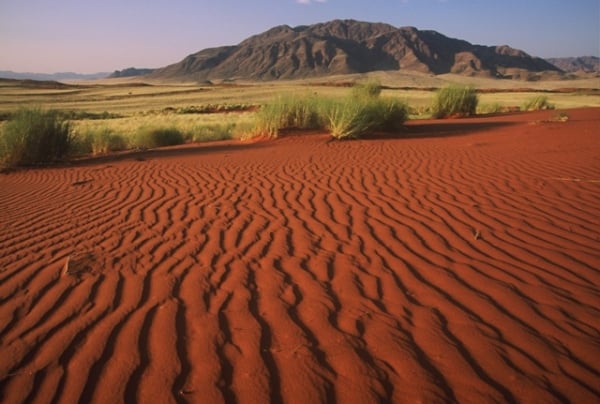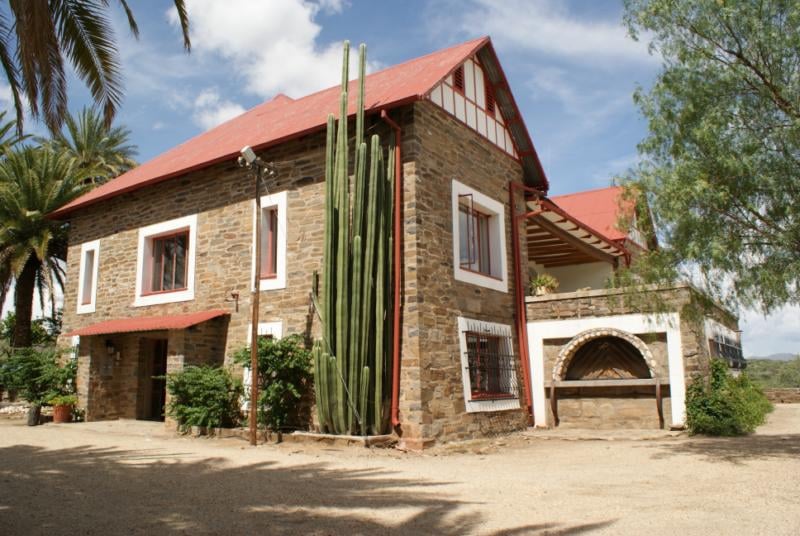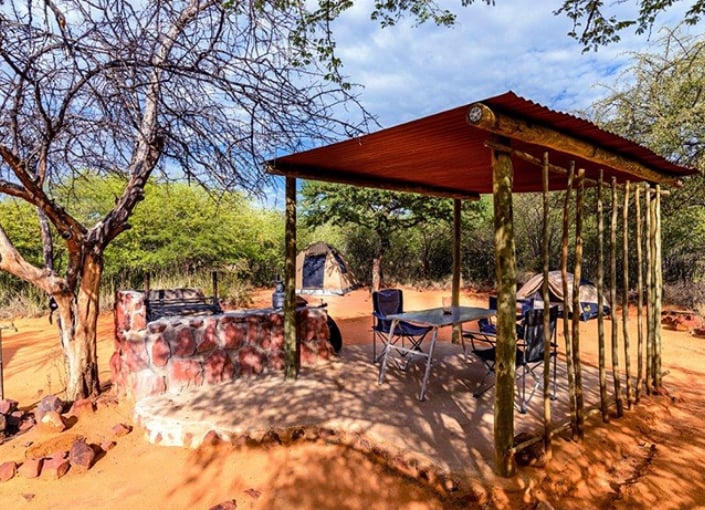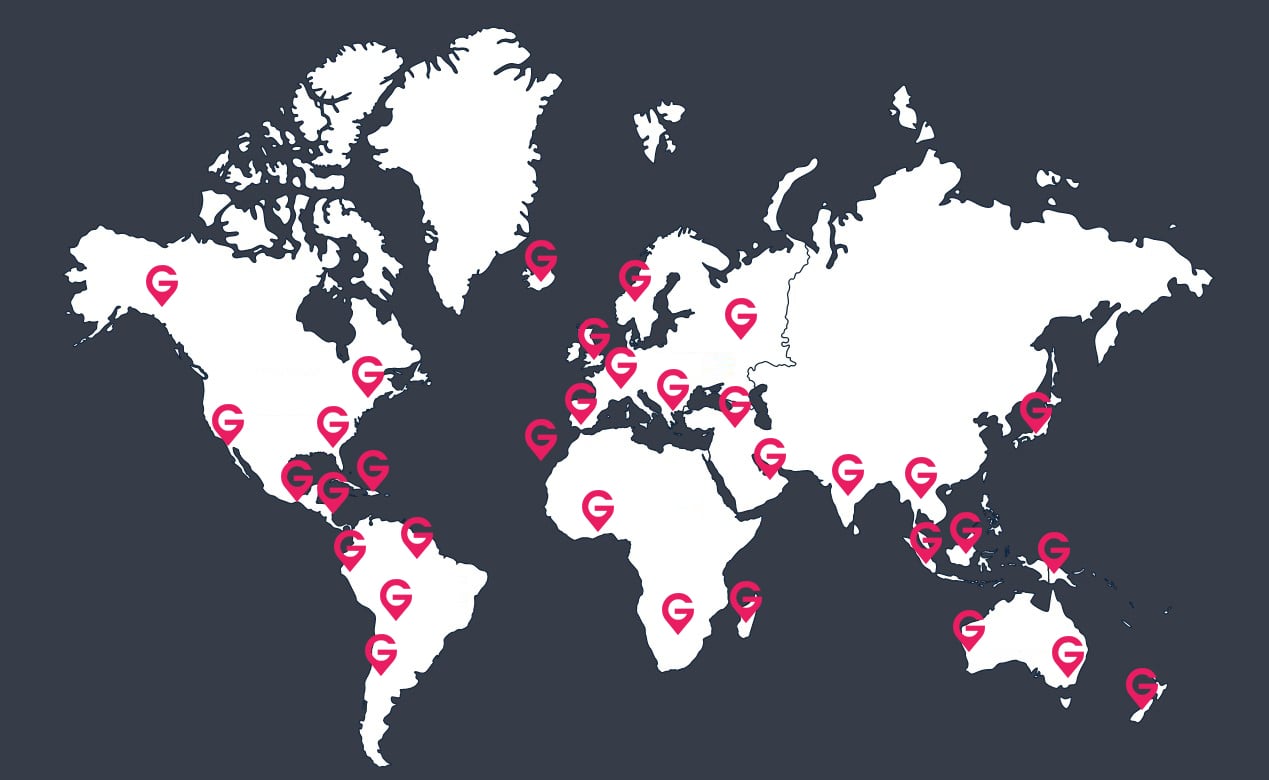Oshakati
Oshakati: The Vibrant Heart of Namibia's North
Book Top Experiences and Tours in Namibia:
If youʻre booking your trip to Namibia last minute, we have you covered. Below are some of the top tours and experiences!- Etosha National Park: Full or Half-Day Game Drive
- Walvis Bay: Marine Big 5 Luxury Catamaran Tour
- Walvis Bay: Mondesa Township Tour
- Walvis Bay: Sandwich Harbour Sunset Photography Tour
- Windhoek: City and Township Tour
A Historical Overview of Oshakati
Oshakati's history dates back centuries and is deeply rooted in the traditions and culture of the Oshiwambo people, the largest ethnic group in Namibia. The name “Oshakati” is derived from the Oshiwambo language and translates to “place of the kings” or “royal residence,” highlighting its historical significance as a major settlement for the Oshiwambo-speaking people. The area is known for its ancient traditions and strong cultural identity, with the town serving as the center of political and social activity for the Ovakwanyama and other subgroups of the Oshiwambo people.
In the mid-20th century, Oshakati began to emerge as a significant town with the establishment of modern infrastructure, including roads and schools. During the years of Namibia's struggle for independence, Oshakati played a vital role as a base for liberation movements and military activities. The town became an important center for political resistance, and its role in Namibia’s fight for independence remains a point of pride for many residents today.
Since Namibia’s independence in 1990, Oshakati has grown significantly, evolving into a modern town with a vibrant economy, expanding services, and a booming population. Today, it is a thriving center of commerce, education, and culture in northern Namibia.
Oshakati’s Role as an Economic Hub
Oshakati has become a central hub of trade and commerce for the northern regions of Namibia. Its strategic location, with easy access to neighboring countries like Angola, has made it a key player in the region's economic development. The town's economy is diverse, with agriculture, retail, and services playing crucial roles.
Agriculture is the backbone of Oshakati's economy, with the fertile lands surrounding the town contributing to a thriving farming industry. The area is known for producing crops such as maize, millet, and vegetables, as well as raising cattle and goats. The agricultural sector supports both local consumption and export to other parts of Namibia and neighboring countries.
Oshakati also boasts a vibrant retail sector, with numerous markets, shops, and businesses catering to the local population. The town’s commercial district is lively, with a mix of modern shopping malls, local craft markets, and traditional stores. Many small businesses thrive in Oshakati, supported by a growing middle class and the increasing demand for goods and services.
The town is also a key transport center, with major roads connecting Oshakati to other parts of Namibia, including the capital city, Windhoek, and the coastal town of Walvis Bay. This makes Oshakati an important transit point for goods and services moving through the country, particularly to and from neighboring Angola.
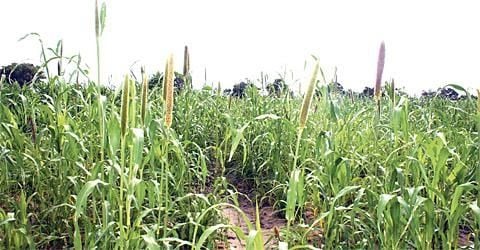
Culture and Traditions in Oshakati
Oshakati is a town where traditional and modern cultures seamlessly blend, creating a unique atmosphere that captures the essence of northern Namibia. The town is home to several vibrant communities, with the Oshiwambo people playing the most prominent role in its cultural landscape.
The Oshiwambo-speaking people have a rich cultural heritage that is reflected in the town’s festivals, music, dance, and traditional ceremonies. The Oshakati Festival, held annually, is one of the most popular events in the region, showcasing traditional music, dance performances, art, and food. The festival provides a platform for the community to celebrate their heritage while also welcoming visitors to experience their customs.
The Oshiwambo people’s art, particularly their colorful beadwork, woven crafts, and pottery, is a significant part of the town’s cultural expression. Local markets in Oshakati often feature beautifully crafted items that make for great souvenirs and provide insight into the creativity of the people.
Traditional ceremonies such as weddings, initiations, and harvest celebrations continue to play a central role in Oshakati life, with the town's social calendar often revolving around these important events. Visitors to Oshakati can take part in or observe these rich cultural traditions, gaining a deeper understanding of the region’s history and people.
Education and Development
Oshakati is a center of education in northern Namibia, home to several primary and secondary schools, as well as institutions of higher learning. The Oshakati Vocational Training Centre and The University of Namibia’s Northern Campus offer vocational and academic courses to students from across the region, contributing to the town’s growing role as an educational center.
The town has also seen significant development in terms of healthcare and infrastructure. Several clinics and a district hospital provide medical care to the local population, and the town’s road network, electricity supply, and water systems have all been significantly upgraded in recent years.
Oshakati has become a regional leader in urban development, with new residential areas, modern shopping centers, and a growing number of amenities that make life in the town comfortable and convenient. The government has focused on improving public services and facilities to meet the needs of the expanding population, making Oshakati a model of development for northern Namibia.
Natural Attractions Near Oshakati
While Oshakati itself is a bustling urban center, the surrounding region offers several natural attractions that highlight the beauty of northern Namibia. The Etosha National Park, one of Africa's premier wildlife reserves, is located just a short drive from the town. Etosha is famous for its salt pans, abundant wildlife, and unique landscapes. Visitors can take safaris to see animals like elephants, lions, rhinos, and giraffes in their natural habitat.
Additionally, the Cuvelai Basin, which stretches across northern Namibia and southern Angola, is a vital water source for the region and offers unique opportunities for birdwatching and exploring the area's wetlands.
Conclusion
Oshakati stands as a vibrant testament to Namibia’s northern growth and development. From its deep-rooted cultural heritage to its expanding role as an economic and educational center, Oshakati offers a dynamic mix of tradition and modernity. For visitors, the town provides a fascinating insight into northern Namibia's way of life, its people, and its future. Whether you are looking to explore its rich cultural traditions, delve into its history, or simply enjoy the thriving markets and natural surroundings, Oshakati promises an enriching and memorable experience.
